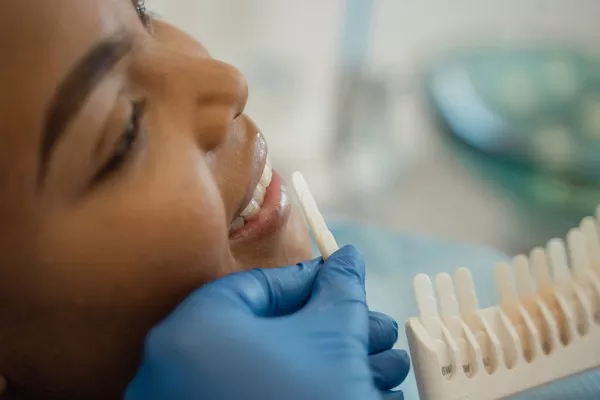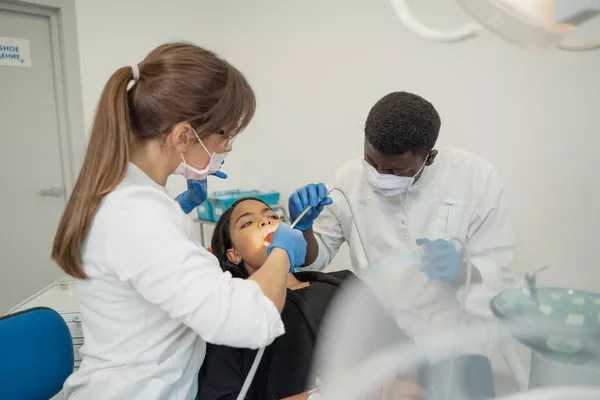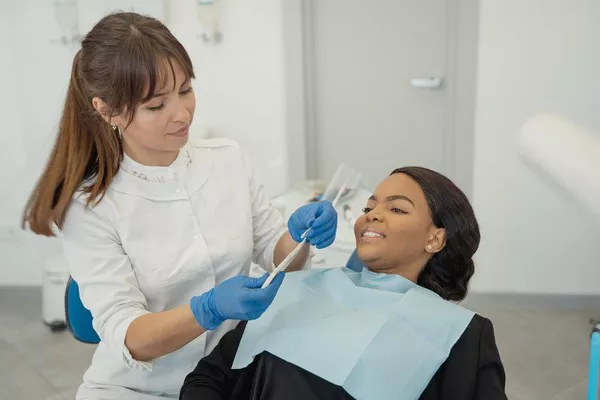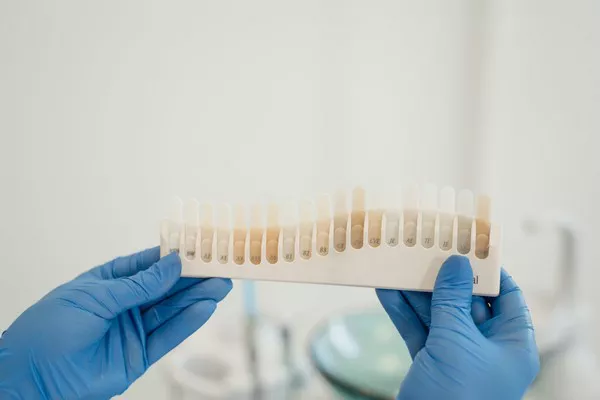Gingivitis, characterized by gum inflammation, is a common and reversible form of gum disease. It is crucial to address gingivitis promptly to prevent it from progressing into more severe conditions such as periodontitis. This article provides a comprehensive guide on how dentists treat gingivitis effectively, encompassing both professional interventions and recommended home care practices.
Diagnosis and Assessment
The first step in treating gingivitis is a thorough examination and assessment by a dentist. They will evaluate the extent of gum inflammation, check for plaque and tartar buildup, assess the overall oral health, and inquire about any symptoms or concerns the patient may have.
Professional Dental Cleaning
Professional dental cleanings, also known as scaling and root planing, are essential for managing gingivitis effectively. The dentist or dental hygienist will use specialized tools to remove plaque, tartar, and bacteria from above and below the gumline. This process helps to eliminate the source of irritation and inflammation.
Oral Hygiene Education
Dentists play a crucial role in educating patients about proper oral hygiene practices. They provide guidance on correct brushing techniques, appropriate toothbrush and toothpaste selection, and the importance of daily flossing. Additionally, they advise patients on the benefits of antimicrobial mouthwashes and interdental cleaning tools such as interdental brushes or water flossers.
Personalized Home Care Recommendations
Every individual’s oral health needs are unique. Dentists tailor home care recommendations based on the patient’s specific condition and risk factors. This may include instructions on optimal brushing frequency, using an electric toothbrush, incorporating fluoride-based products, or recommending specialized toothpaste for sensitive gums.
Antimicrobial Therapy
In some cases, dentists may prescribe antimicrobial agents to manage gingivitis effectively. These can include mouthwashes, gels, or oral antibiotics. Antimicrobial therapy helps reduce the bacterial load in the mouth and control inflammation.
Removal of Dental Irritants
Dentists identify and address any contributing factors that may irritate the gums, such as ill-fitting dental restorations or orthodontic appliances. Proper adjustment or replacement of these irritants is crucial for optimal gum health.
Regular Follow-up and Maintenance
After initial treatment, dentists schedule regular follow-up appointments to monitor the patient’s progress and provide ongoing care. These visits typically include professional cleanings, reassessment of gum health, and reinforcement of oral hygiene practices.
Conclusion
Gingivitis, although common, requires timely and appropriate treatment to prevent its progression into severe gum disease. Dentists employ a multifaceted approach to treat gingivitis effectively, including professional dental cleanings, personalized home care recommendations, oral hygiene education, antimicrobial therapy, and addressing dental irritants. By adhering to prescribed treatment plans, maintaining good oral hygiene practices, and attending regular dental check-ups, patients can successfully manage and reverse gingivitis. Early intervention and consistent oral care are key to achieving and preserving healthy gums and overall oral well-being. If you suspect or have been diagnosed with gingivitis, consult with your dentist for proper evaluation and tailored treatment options.
Related Topics:





























